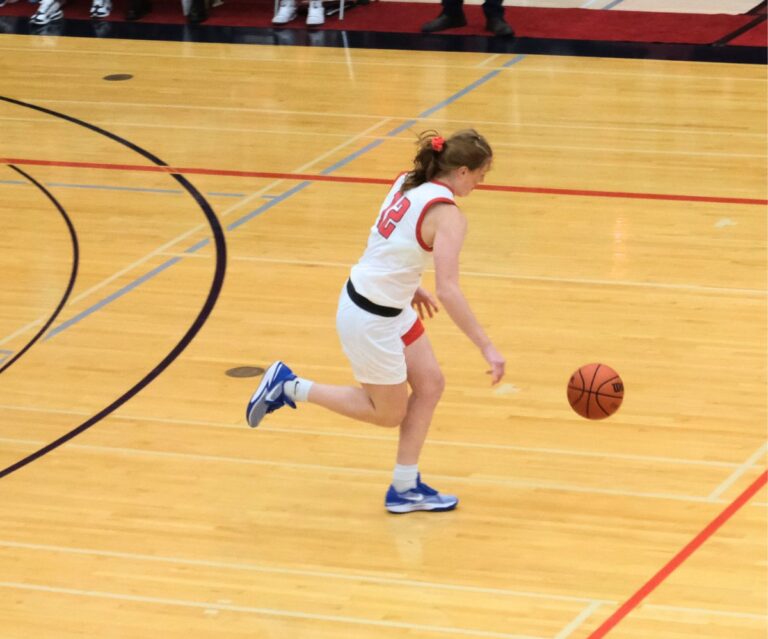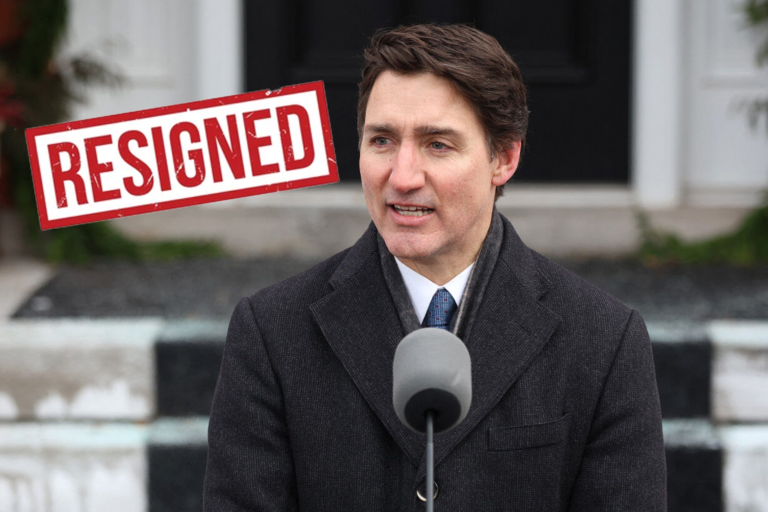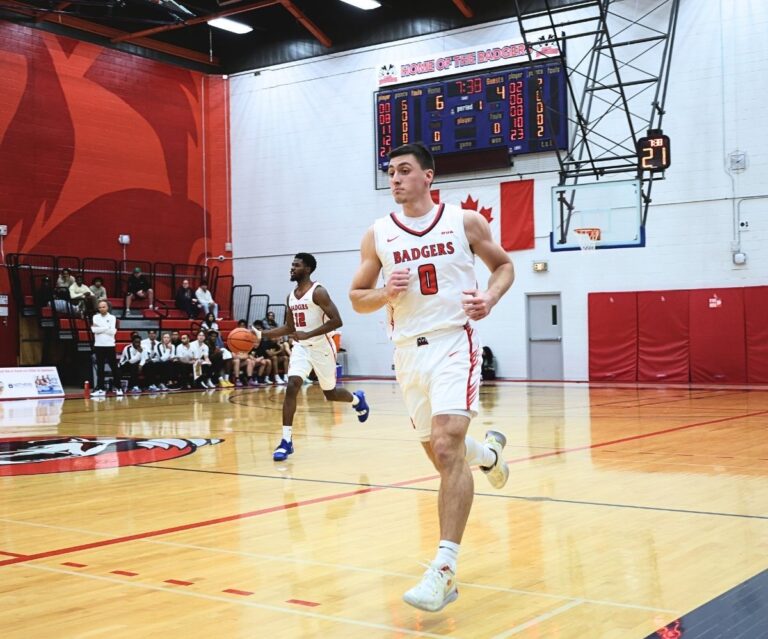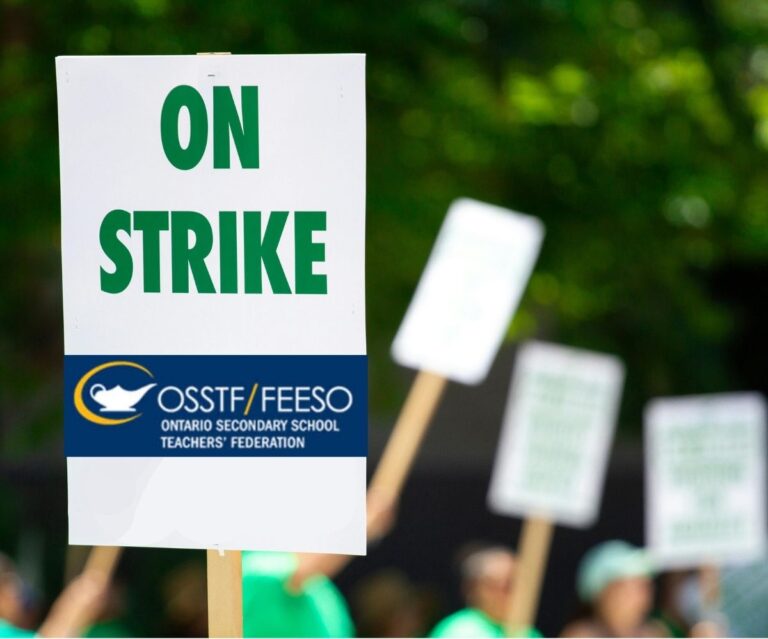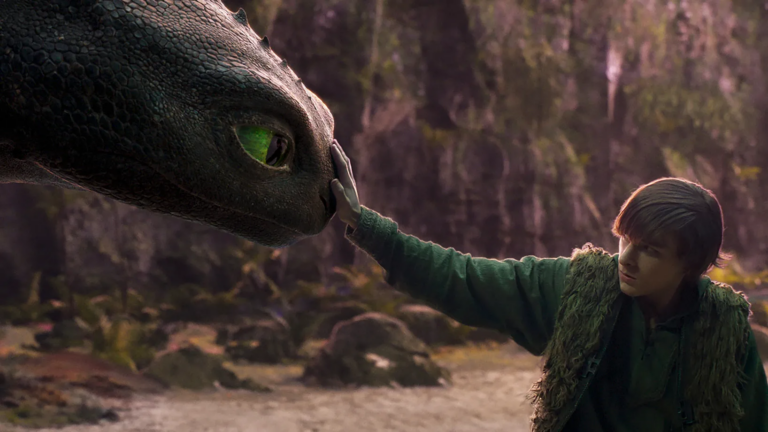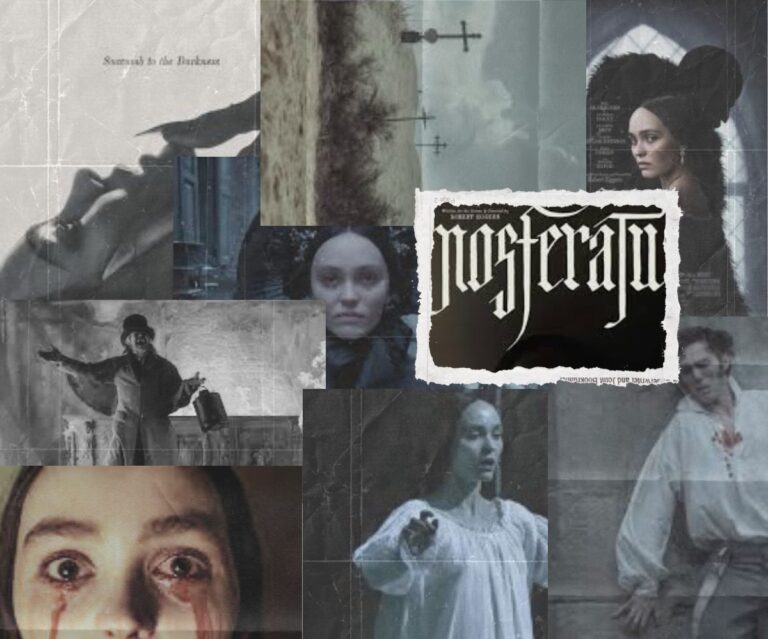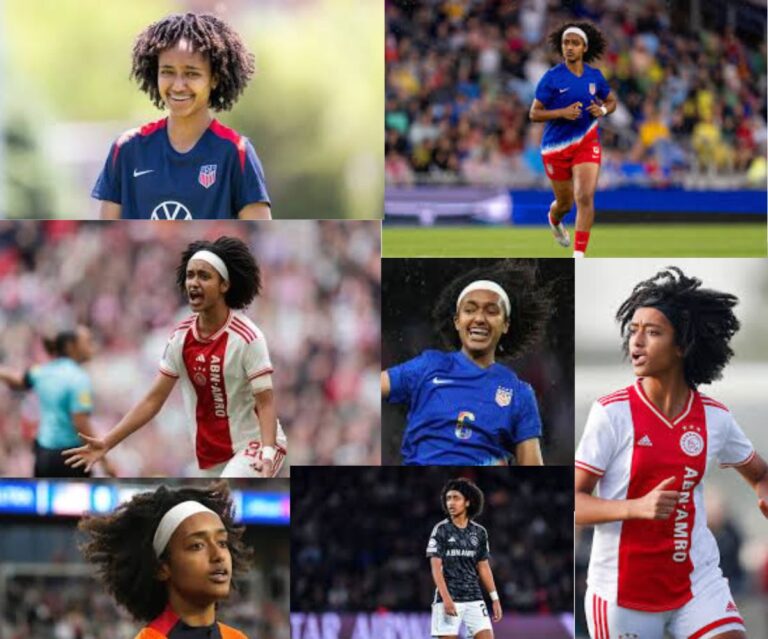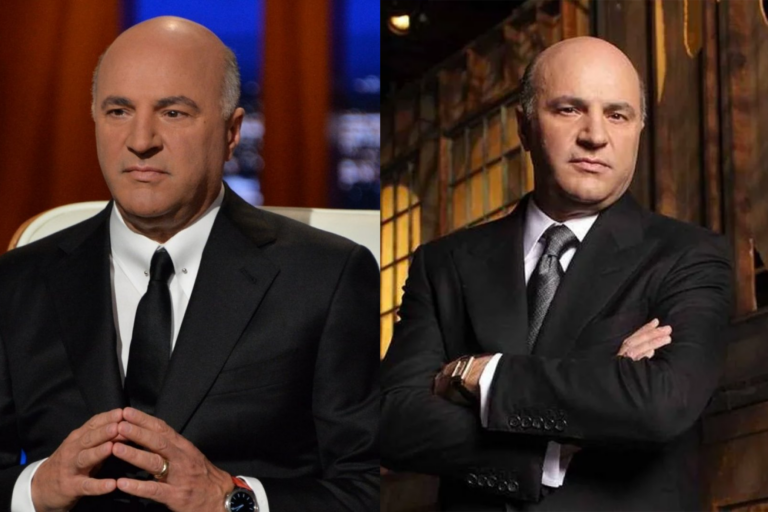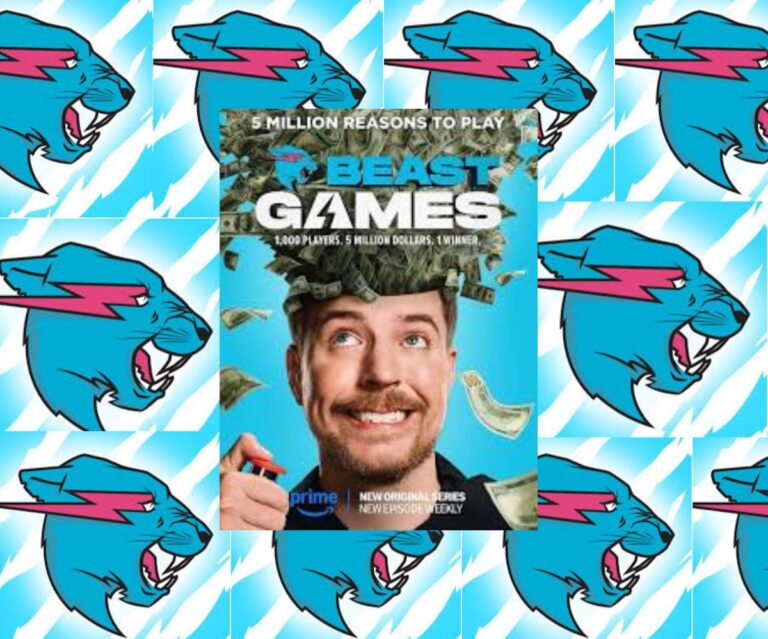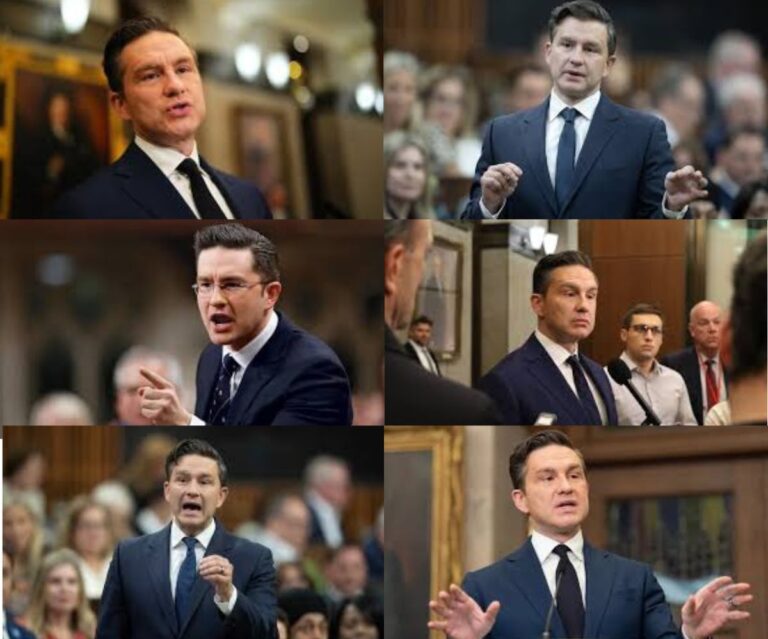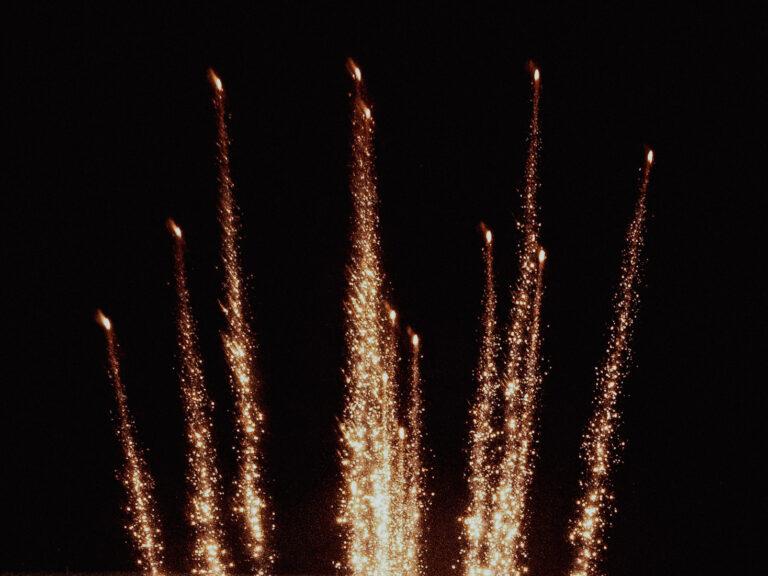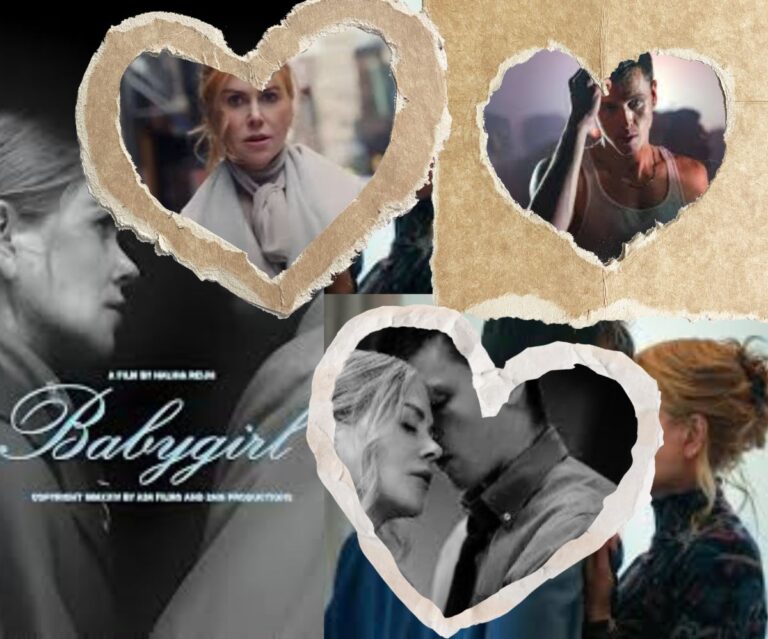Last year saw the release of numerous stellar albums. Of the many I listened to, here is my list of the top ten best of 2024.
Honourable Mentions
Cindy Lee – Diamond Jubilee
St. Vincent – All Born Screaming
Hurray for the Riff Raff – The Past is Still Alive
Clairo – Charm
Nala Sinephro – Endlessness
Laura Marling – Patterns in Repeat
Kali Uchis – Orquídeas
JPEGMAFIA – I Lay Down My Life For You
Nilüfer Yanya – My Method Actor
Kim Gordon – The Collective
10. Julia Holter – Something in the Room She Moves
L.A. musician and composer Julia Holter is a master of musical worldbuilding. You could select any two albums from her discography, and they would each have their own distinct production style, lyrical choices and general structure. No two albums of hers feel the same, yet they all possess a similar otherworldly beauty.
Her latest release Something in the Room She Moves is no exception to this and is perhaps her most experimental release to date. Holter interweaves ambient tones with chamber pop and occasional choir vocals to craft an abstract but notably grounded album. The longer songs specifically allow the listener to fully soak in the sonic landscape she crafts, using an array of instruments to simulate an alien environment bursting with life. Flutes and electronic percussion on “Sun Girl” and the title track act as bird-like calls, creating a chorus of meticulously produced sounds. Even more traditional “pop” songs — by this album’s standards — like “Spinning,” use these uniquely crafted soundscapes in place of conventional instrumentation, further proving that with this record, Holter delivered one of 2024’s most unique art pop albums.
9. Adrianne Lenker – Bright Future
Known for her work as the lead vocalist and songwriter of Big Thief along with her solo projects, Adrianne Lenker has come to establish herself as one of the finest songwriters of her generation. Her rich emotional intelligence channels through her songwriting, making her songs complex and precise to specific events in life.
Her newest album Bright Future is a meditation on the human relationship with permanence and change. She quietly introduces this on the aching, cathartic opening track “Real House,” addressing how fragile security and mortality is. For a lot of people, the anticipation of grief lingers over their heads more than the steps of dealing with grief itself. The sheer thought of having to process grief after an upsetting event can induce long-lasting feelings of anxiety.
The sinking, clammy anticipation before a scary movie; the thought of seeing your parents cry; imagining the pain of a breakup even if you’re in a loving relationship; the thought of dying young. These reflections create a powerful foundation for the songs to come.
Lenker further nails this home with the following track “Sadness as a Gift,” one of her finest demonstrations of songwriting across her entire career. In the verses, she compares the coming and goings of relationships as changing seasons, each time thinking the current one will last before it inevitably ends.
Although there is the risk of heartbreak in every relationship, Lenker embraces this potential sadness as a way to deepen her understanding of her partner and others at large. Bright Future is a project brimming with emotional catharsis and powerful flexes of songwriting, further adding to Lenker’s respectable track record as a songwriter.
8. Allie X – Girl With No Face
The ‘80s-synth-pop revival trend that emerged at the start of the 2020s has grown stale and in the past year, the trend seemed to fizzle out and lose traction altogether. Canadian musician Allie X may be late to the party with her latest album Girl With No Face, but this release couldn’t be a more outstanding exception from the watered-down sound now inherent to the trend.
Allie ignites life into the sleepy synth-pop revival sound, giving it a new face with this record. The lyrics are for the most part very blunt, save for more abstract cuts like the title track and “Galina.” There is a gritty analog quality to the production of these tracks that makes this approach to synth-pop more exciting and memorable, distinguishing Girl With No Face from the majority of throwback synth-pop songs produced this decade.
7. Beth Gibbons – Lives Outgrown
U.K. trip-hop group Portishead’s frontwoman, Beth Gibbons, marked a triumphant return to music with her debut solo album Lives Outgrown. Although well-established as the most iconic voice of the trip-hop genre, Gibbons enters new territory on this LP by dabbling in folk, chamber-pop, and a generally more acoustic sound palette.
The album’s first single “Floating On A Moment” introduces the project’s themes of time and mortality. The song grants emotional release between its verses and choruses, but is produced in a way that always feels like it’s building up to something, translating the feeling of uncertainty Gibbons dwells on regarding where life is headed. Gibbons’ voice is timeless and instantly recognizable for those familiar with her work in Portishead, but perhaps this project only further proves her point.
Distances between points in time — in the past, present and the future — are often closer than we may feel they are at a given moment. Lives Outgrown is a lush soundtrack for ruminating on how far we’ve come and where we’re going from here: a reminder that life is shorter than we tend to believe, but something we can exert agency over during our time alive.
6. Vampire Weekend – Only God Was Above Us
The indie darlings of the insufferable fedora-wearing, millennial-hipster era return with a glorious reflection on their personal mythos: Vampire Weekend’s Only God Was Above Us unfolds like a scrapbook, cataloguing the band’s personal journey from their early days until now. Although some may be exhausted by their constant use of nostalgia in both lyrics and melodies throughout this project, it’s never left half-baked. This is an album that can only exist after years of a band’s career, but it also camouflages into the various eras it references.
Emerging from the band’s personal reflections comes the ability for the listener to reflect on their own past, and the narrative they choose to build for themselves. Vampire Weekend uses this album to grapple with generational conflicts both interpersonal and with others.
The breathtaking centrepiece track “Mary Boone” addresses younger generations entering the world of adulthood, hungry to make a name for themselves and succeed. Still, it does not ignore the problems of previous generations who risked losing themselves in the pursuit of success. Only God Was Above Us reflects on whether these repeating occurrences are inevitable in this world or if by some miracle we can make a difference, ultimately resulting in one of Vampire Weekend’s finest albums.
5. Beyoncé – Cowboy Carter
Structurally, Cowboy Carter is arguably the music industry titan’s strangest project to date, shapeshifting from genre to genre across its sprawling 27-track runtime. Cowboy Carter is Beyoncé’s odyssey of the American genre, deconstructing limited, politically charged norms of understanding music.
The grandiose opener “Ameriican Requiem” acts as her assertion into the playing field of country music, calling back to her history with Western culture — being born and raised in Houston, Texas. It’s a track with an immense thematic scope that blankets the entire album, and the perfect mirror to more sentimental, personal tracks like “16 Carriages,” a coming-of-age ballad that sheds light on the loss of innocence in growing up, marking the moment we realize the responsibility required to make it in the world.Of course, a criticism to the album could inquire why Beyoncé — being as untouchable and monolithic in pop-culture as she is — feels the need to address this conflict within country music altogether.
The answer is simple: Why not?
A Beyoncé country album is a ridiculously camp thought: just the idea of it generates the conversations she seeks to open up with Cowboy Carter. By using her power to provoke this, Beyoncé helps create space for future artists looking to enter any genre they may feel unwelcome in.
4. Geordie Greep – The New Sound
The U.K. artist’s first solo project following his work in rock band Black Midi is an exhilarating amalgam of progressive rock, jazz and Latin music.
The New Sound is rather literal in its title. For Greep, this is a spiritual sonic successor to his work in Black Midi coming off the band’s last record Hellfire. The sound of this album being airy, free and at times busier than Hellfire. As per Greep’s lyrical work in Black Midi, The New Sound also features a variety of characters whose viewpoints are explored throughout the lyrics. What distinguishes these songs from Hellfire’s is their ability to completely musically change alongside the development of their characters.
The third track, “Holy, Holy,” introduces the prideful image of a womanizer introducing himself to someone at a bar. The arrogant narrator pulls his latest conquest through his numerous accolades and seductive endeavours, fully convinced that he’s winning her over despite how comical his social ineptitude is. Having lured her in, he guides her to the bathroom to reveal in secrecy that he wishes to pay her to tell other women about how attractive he is to uphold his image and fantasy. Even worse, his confessions imply this is not the first case of this happening. A similar narrative is explored towards the album’s tail-end on the track “As If Waltz,” where we’re introduced to a burgeoning narcissist with the desire to fall in love with a sex worker, fantasizing about “saving” her before expressing his desire to control her further.
One thing’s for certain: The New Sound may be lyrically dense, but it’s never dull. Greep exudes charisma and enthusiasm in his performances as some of the sleaziest, most pathetic characters imaginable. It’s not music you listen to for inspiration in the traditional sense, but it’s unapologetic and hilarious.
What can you say? That’s entertainment.
3. Jessica Pratt – Here in the Pitch
The shortest album on this list by runtime is also one of the most quietly powerful and immersive ones. L.A. singer-songwriter Jessica Pratt paints hazy memories of idyllic, imagined periods of time in Here in the Pitch. This is orchestrated by her precise control over the album’s tone through lyrical and production choices.
The third track, “World On a String,” is one of the album’s stronger cuts, drenched in nostalgia. Subtle musical elements of the track dictate its carefully crafted ode to ‘60s folk music, a sonic feast that intentionally feels slightly removed from the reality of the memories it borrows from, adding to Pratt’s meticulous musical web. Soft snare drum hits sneak into the mix of the final track “The Last Year,” offering just enough emotional release for listeners to feel catharsis in Pratt’s hopeful cooing of “I think it’s gonna be fine / I think we’re gonna be together / and the storyline goes forever.” Nonetheless, she restrains herself from providing complete release, as doing so would be a false promise. Pratt lets her voice and the accompanying music drift into the pitch-black night she’s seemingly materialized out of, leaving us with the sentiment that hoping is perhaps more blissful and gratifying than knowing.
2. Magdalena Bay – Imaginal Disk
While Allie X delivered a brilliant throwback synth-pop record, pop duo Magdalena Bay have always been oriented towards a hyperreal future. Their sophomore album, Imaginal Disk, differs from their usual ballpark by incorporating progressive rock sounds into their usual synth-pop style.
The payout of this experimentation is an extraordinary album with an odyssey-esque storyline. Each song is full of unique character and serves the tracks around it, interweaving the narrative between them. Unpacking the full storyline now would be a disservice to the unforgettable listening experience the album provides, but generally speaking, Imaginal Disk is an allusion to metamorphosis.
The album is a sonic journey with an extraordinary, gripping narrative interwoven between the songs. The duo outdoes themselves on these tracks, from the thumping synths and lore-heavy lyrics of “Image” to the triumphant, glam-rock sound of “Death & Romance.” By the end, the journey feels complete with one of the most satisfying closing tracks of the year. No idea is forgotten or left underdeveloped; it’s a project made with immense love and care deserving of far more appreciation in mainstream spaces.
1. Charli XCX – BRAT
BRAT has all the grandeur of an artist’s magnum opus, synthesizing the musical ideas Charli XCX has become known for throughout her various releases in the 2010s.
It’s an album that couldn’t be done by anyone but Charli, whose knack for being ahead of the curb has garnered her critical acclaim and a loyal following but has also always kept her one foot outside the mainstream. The album is a complete outpouring of the conflicting emotions surrounding pop stardom that, between the tireless club anthems, is strikingly relatable. Charli may want to maintain her pop-star status, but that doesn’t mean her public image has to be entirely untouchable. BRAT is the manifesto of the people’s princess: a messy underdog we can’t help but root for.
All this is to say that BRAT carries with it more far-reaching insights into the cultural landscape of current day, where the rapid accessibility of informationnaturally leads to ceaseless emotional fluctuation. In the middle of this stands BRAT, shamelessly contributing to the chaos while weeding out some of the excess fat and digging to the meat of these confusing feelings. It’s an instant classic in the age of brain-rot humour and fading subcultural references, working with the sticky hooks required to make an off-kilter hit these days instead of avoiding them.
BRAT is a slick image of pop music’s potential, but also a reminder of Charli’s irreplaceability as an artist who has cemented herself among the pioneers of modern music.


